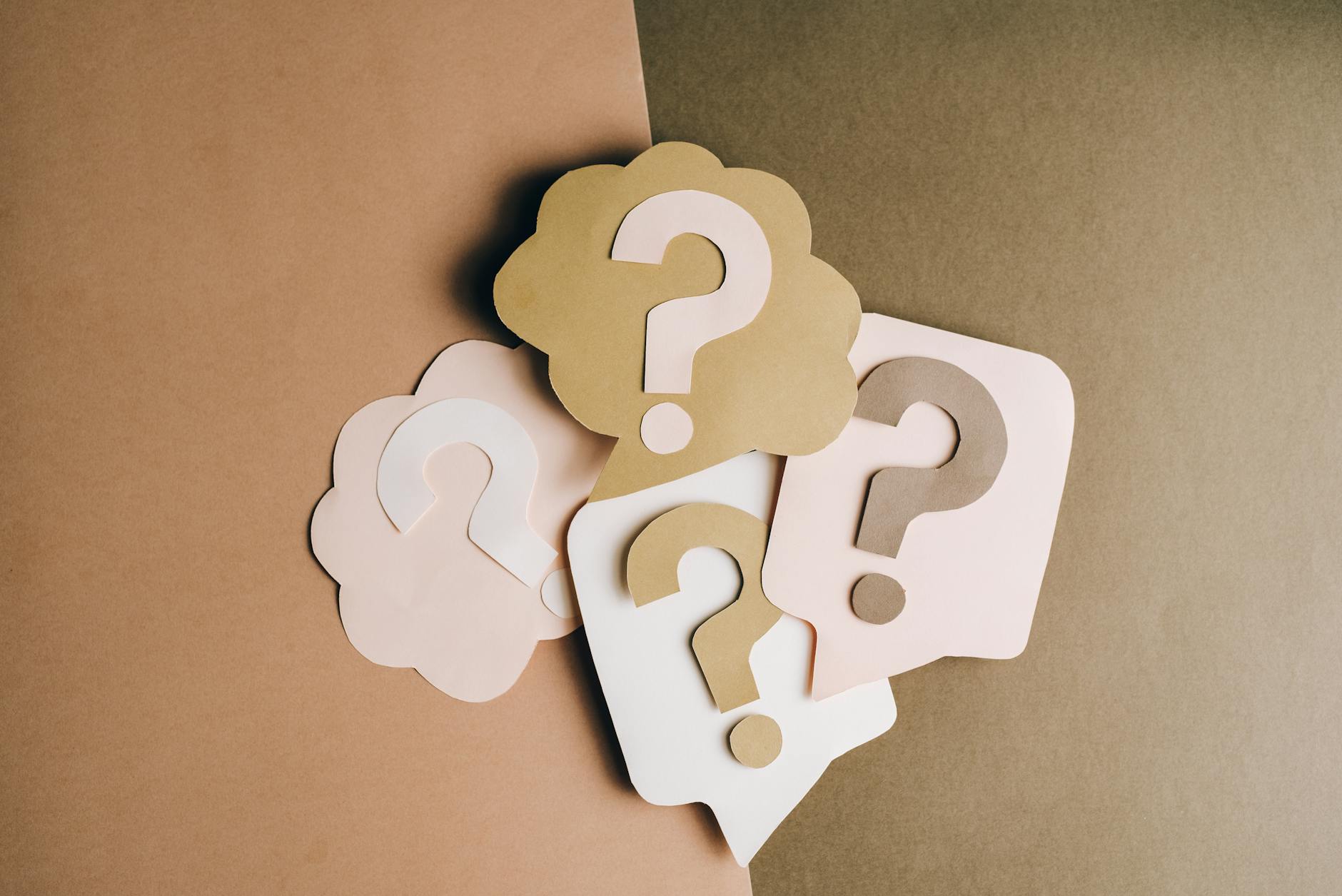
Picking up from yesterday’s discussion from Teaching for Deeper Learning on framing units around the idea of “a study in…” an area, another way to frame units or lessons is with essential questions.
If you’re using the “a study in…” idea, you can partner essential questions with that idea for deeper discussions. Essential questions are open-ended questions that reflect the big ideas we want our students to come to understand. They are designed to stimulate thinking, spark discussion and debate, and raise additional questions for further inquiry.
Scott McCleod & Julie Graber point to this idea of essential questions in the Deeper Thinking & Learning section of the 4 Shifts protocol. Looking at our daily work, we can ask if student work focuses on big, important themes and concepts central to the discipline rather than isolated topics, trivia, or minutiae.
What makes an essential question effective?
- It passes the “so what” test
- It focuses on matters of importance
- It is posed within the context of important content
- It is written so students can understand them (kid-friendly)
- It can be answered but may not have an obvious correct or simple answer
- It requires higher-order thinking, problem-solving, or decision-making
- It uses concepts that require students to use their knowledge in developing responses
- It causes students to organize their knowledge to uncover important ideas now and in the future
- Serves as a formative assessment tool (when answered)
Essential questions help guide our learning targets, help define student work, and drive us closer to our deeper learning goals.
The Eclectic Educator is a free resource for everyone passionate about education and creativity. If you enjoy the content and want to support the newsletter, consider becoming a paid subscriber. Your support helps keep the insights and inspiration coming!